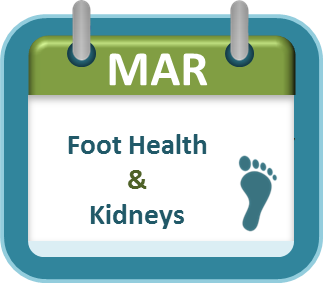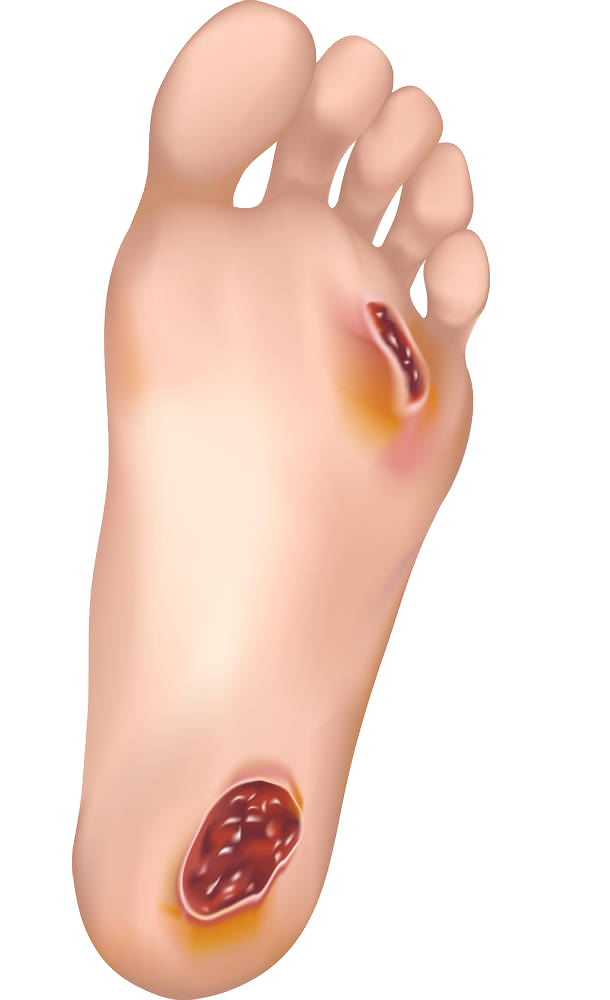|
Wound Care
Although diabetes is a well-known cause of foot ulcerations—dialysis, end-stage renal disease (ESRD) and chronic kidney disease (CKD) have proven to be independent risk factors in the development and course of diabetic foot ulcerations. There are five stages in the spectrum of the diabetic foot. They are: Stage one, a normal foot. Stage two, a high risk foot. Stage three, an ulcerated foot. Stage four, an infected foot, and, Stage 5, a necrotic foot. |
Diabetic Wounds
This is because high blood sugar levels can cause arteries to become stiff and blood vessels to become narrow. This restricts blood flow and cuts off some of the oxygen and nutrients that are required to heal wounds. About 15 percent of people with diabetes will develop a wound over the course of the disease, according to the American Diabetes Association. How to Treat and Prevent Foot Wounds
| Open Wounds Do's and Don'ts Do: Clean the Wound Immediately with Mild SolutionsFlush the wound surface and interior with a mild solution. A saline solution made from a small amount of salt diluted in water works well since it mimics your body’s internal pH. You can also use mild or diluted soap in water or some purified water, then wipe the surface with clean gauze. Take notice of any debris that may be lodged in the wound and remove it with sterile tweezers if possible. If the debris is deep or dispersed, you should seek emergency care. Don't: Use Strong Antiseptics to Wash WoundsConventional wisdom suggests using disinfectants and antiseptics like hydrogen peroxide, rubbing alcohol, or iodine to clean open wounds. Most of these substances are better suited for disinfecting household surfaces and are far too harsh for use on human tissue. They are more likely to damage tissue than help it heal. Do: Applying PressureCover the wound with absorbent material like sterile gauze pads or a clean, dry cloth. Maintain pressure for one to five minutes. If the bleeding does not slow or continues to persist, you will need medical treatment to close the wound. Don't: Ignore Wounds That Do Not HealMost open wound treatments for minor injuries reach the proliferation stage within a period of one to three weeks, meaning the wound is actively healing if being managed through periodic cleanings and dressing changes. If your wound is not healing at a steady rate, it could be infected or complicated by another health condition. Do not ignore the signs; visit a medical professional as soon as possible. |




 Patients with type 2 diabetes has to be extremely careful as even a small cut or scrape can turn into a serious problem.
Patients with type 2 diabetes has to be extremely careful as even a small cut or scrape can turn into a serious problem. 
